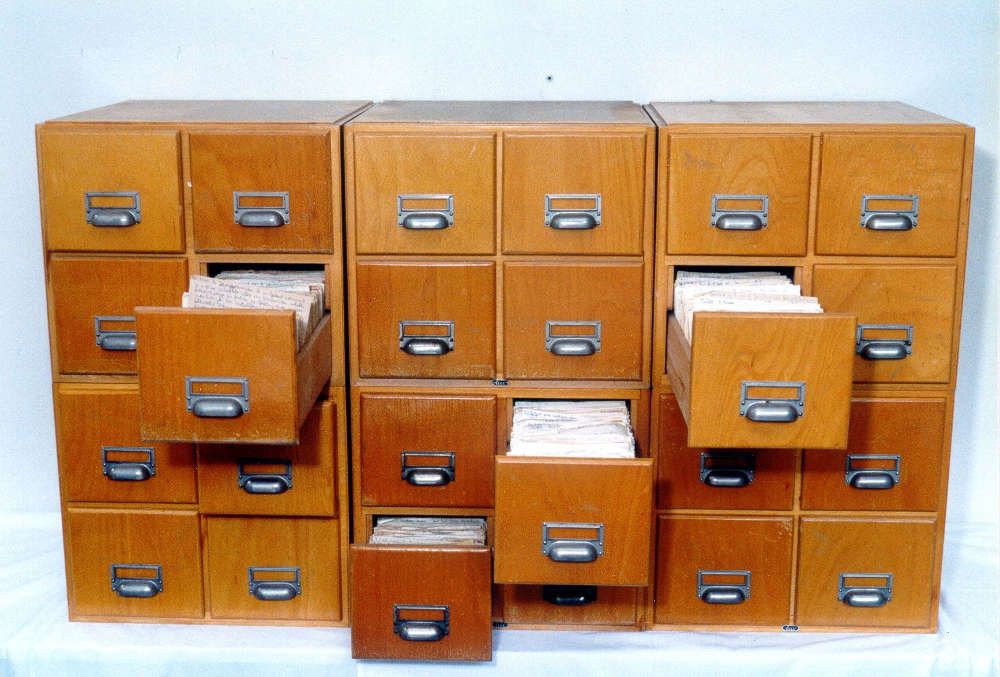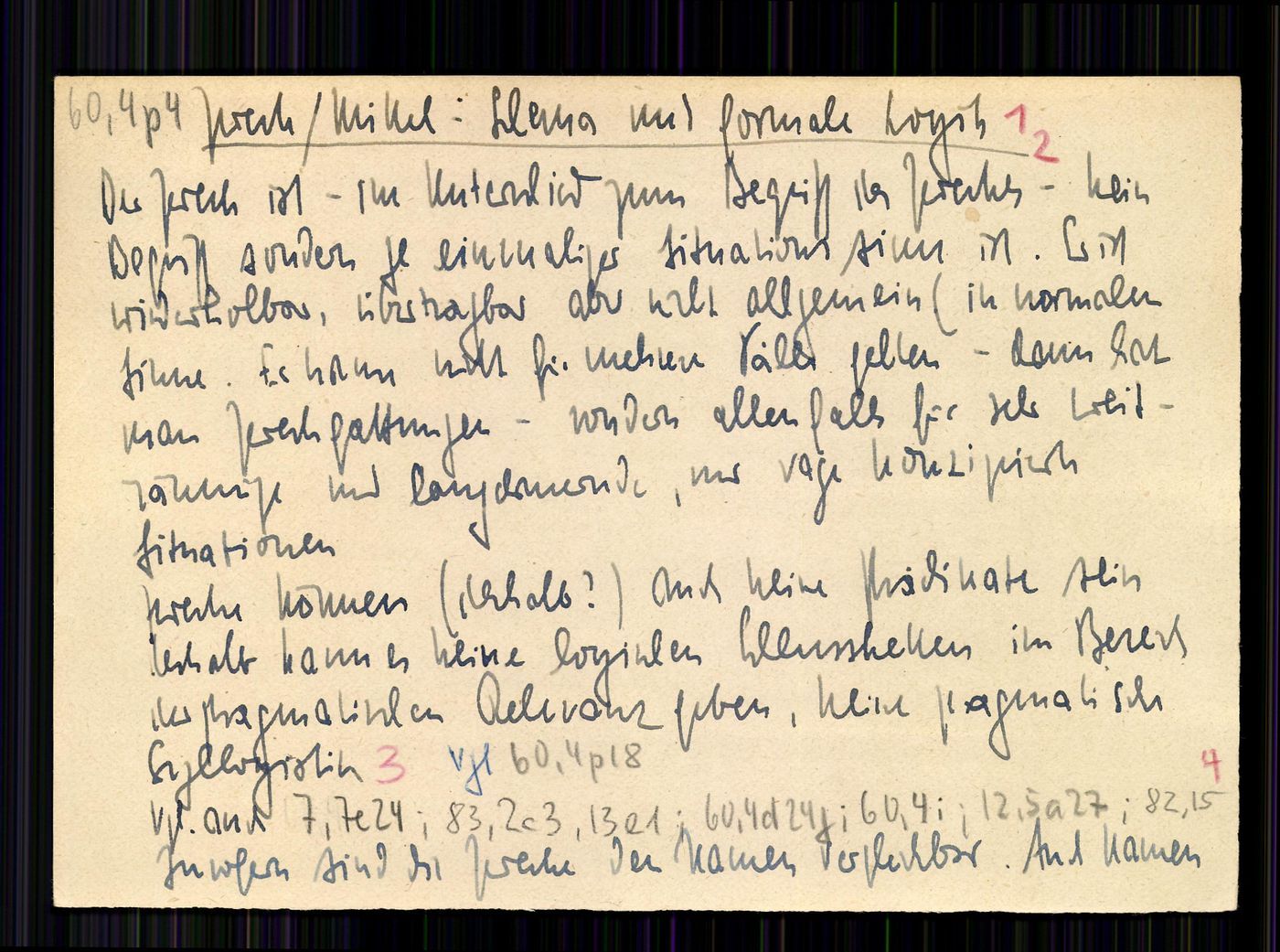
編劇|內容創作人 Youtube: https://www.youtube.com/@samsonelight Liker Social: @onelight@liker.social
What magic is in the Zettelkasten card case? 【Card Box Notes #2】
Under the dual depression of the epidemic and the political climate, I, who have always worked from home, have not stepped out of the area where I live for several months.
Since I was a child, the only way to get rid of depression is to read books. Due to my poor memory, I am used to writing reading notes. Unfortunately, as mentioned in the previous article , I often forget the notes I have written.
And the only thing that makes me happy recently is to learn the Zettelkasten Method card box note-taking method-
The card box note-taking method is not a new invention. It appeared as early as the 1960s, but I am ignorant. I have never heard of it except for the A6-sized white cards I used when I participated in debate competitions and when I was an emcee when I was a student. This note-taking method.
At the end of 2019, a creative note-taking software, Roam Research , was born, and it was praised by many well-known productivity Youtubers, such as Thomas Frank and Ali Abdaal .
Compared with general note-taking software, the biggest feature of Roam Research is the addition of "two-way connection" between notes and notes, and this concept comes from Zettelkasten .
As a result, Zettelkasten has also entered the eyes of the public and has become the object of discussion and learning by many scholars and knowledge management enthusiasts.
There has been more and more information on Zettelkasten online over the past few months, and I'll put my useful links at the end of this post.
In a nutshell, card note-taking is:
Zettelkasten is German, Zettel (Note or Slip) and Kasten (Box) together means a box containing a small note.
The one who invented this method was Niklas Luhmann , a German sociology professor. In addition to his academic influence, Luhmann's most powerful thing is that his works are equal. No, it should be greatly beyond his height. !
In his 40-year academic research career, he has written more than 70 books and 400 academic papers, mainly on sociology, but also involves discussions on biology, mathematics, computers and artificial intelligence.
This scholar, whose mobility and productivity are as strong as a supercomputer, is very old school himself. He never uses a computer. He only relies on pen and paper and a typewriter for his studies and writings, and only uses two fingers to type.
After his death in 1998, people found two card boxes in his home, with as many as 90,000 notes inside! (Who says he has 6,000 notes?) The cards are available at the University of Bielefeld , where he taught, or at the Niklas Luhmann Archive , a website dedicated to his memory.

In an interview, he said:
I don't think all of it on my own, most of my thinking happens inside the card box. Most of my work efficiency can be analyzed using the card box note-taking method.
His note-taking method, to put it bluntly, seems to be nothing special. He just writes the knowledge, ideas, insights, etc. that he has obtained from reading or thinking on cards of the same size, and then marks a number in the upper left corner of the card, such as 1. Write 2, 3 on another idea... One card only has one idea, and so on.
When he has another idea, and this idea is similar to 1, he will write another card and mark 1/1; if there is another idea, which he wants to attribute to the same topic, he will write 1 on the new card /1a, 1/1b, etc.
Seeing this, you will think, isn't that similar to 100.109.XXXX in the library's Dewey Decimal Book Classification ?
That's right, but Luman took a crucial step: when he wrote a certain card (such as the 60th), he found that this idea and 7/7 can actually be referenced to each other. At this time, he will be at 60. On the number card, mark 7/7, and at the same time turn out 7/7, also mark 60.

This step, like a hyperlink on the Internet, connects and activates some originally unrelated ideas, and has life——
Of course, just writing a few cards is useless, but after years of accumulation, these cards gradually form a huge knowledge network, just like the neurons in the human brain are connected to each other and become more and more intelligent .
This seemingly cumbersome note-taking method made me stunned. Even though I have only learned it for a short time, I can't wait to introduce it to everyone, and I plan to incorporate it into my knowledge system plan .
In the following chapters, I will introduce the card box note-taking method one by one:
- Specific operating principles
- how to digitize it
and importantly:
3. How it subverted my creative thinking
I can't wait to read these two articles first, which are the most detailed ones I have read. The author also drew a lot of pictures to analyze:
Zettelkasten: How One German Scholar Was So Freakishly Productive
Other reference links:
The most informative "official" website (also the software The Archiv download)
Photo of "Zettelkasten" from " Niklas Luhmann Archive " is licensed under CC-BY-NC-SA 4.0.
Like my work?
Don't forget to support or like, so I know you are with me..
Comment…